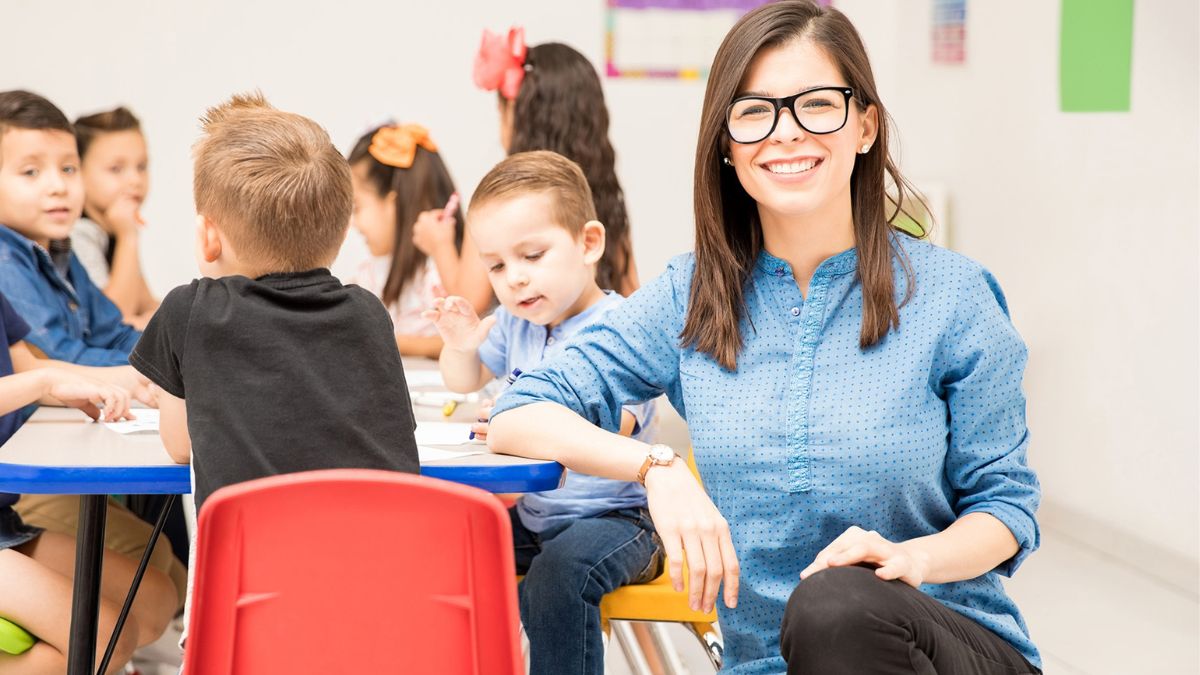Education is the foundation for growth, both personal and professional. Among its many stages, Secondary education plays a vital role in shaping the skills, knowledge, and paths young individuals take in their lives.
But what exactly is this education? What purpose does it serve, and how does it differ across the world? This blog post breaks down everything you need to know about this education, covering its definition, structure, benefits, and global variations. By the end, you’ll understand why this stage of education is essential for development and future opportunities.
Understanding Secondary Education
What Is Secondary Education?
Secondary education refers to the level of education that follows primary or elementary education and precedes higher education or vocational training. It typically covers students aged 12–18, though the specific age range may vary based on the country or education system.
This stage is divided into two phases:
- Lower secondary education (often called junior high or middle school) – Signifying the initial years after primary school.
- Upper secondary education (often referred to as senior high) – Marking the final years before higher education or entering the workforce.
These years are pivotal in fostering critical thinking, advanced skills, and self-discipline, preparing students for life beyond school.
The Core Goals of Secondary Education
The purpose of this education extends beyond academic knowledge. Its goals often include:
- Skill Development: Equipping students with intellectual and practical skills, like problem-solving, communication, and teamwork.
- Career Preparation: Providing career guidance and essential knowledge to help students choose their future academic or vocational paths.
- Socialization: Helping students develop interpersonal skills and cultural awareness in a diverse, collaborative setting.
- Personal Growth: Encouraging exploration of interests, passions, and talents through elective courses or extracurricular activities.
By achieving these objectives, this education lays the groundwork for lifelong learning and adaptability.
Structure of Secondary Education
Core Subjects
Mostthis education systems focus on a blend of mandatory and elective subjects. The core courses often include:
- Mathematics
- Sciences (Biology, Chemistry, Physics)
- Language and Literature (native language and often an additional language)
- Humanities and Social Sciences (History, Geography, Economics)
- Physical Education
- Arts (Visual Arts, Music, Theater)
Electives may include specialized subjects like computer science, psychology, or vocational courses.
Graduation Requirements
To complete this education, students must meet specific graduation criteria, which often include:
- Minimum attendance
- Passing national or regional exams
- Completing a set number of credits across subjects
Successful completion of this education often earns a high school diploma or equivalent, providing access to higher education or vocational opportunities.
Benefits of Secondary Education
Academic and Professional Advantages
this education builds foundational knowledge and prepares students for the competitive demands of universities and job markets. For instance:
- College Readiness: Subjects like advanced mathematics or sciences tailor students for rigorous academic programs.
- Job Market Competence: Technical or vocational training at the secondary level equips young people with employable skills early on.
Personal Development
Education isn’t just about books—secondary school is a time of growth that shapes an individual’s character. Here’s how:
- Critical Thinking: Students learn how to analyze problems, make decisions, and express opinions constructively.
- Confidence Building: Interacting in group activities, debates, and seminars fosters self-assurance.
- Creativity and Passion: Access to music, arts, and literature helps nurture creative potential.
Social and Global Impact
this education contributes significantly to societal advancement. Studies show that higher levels of education correlate with lower poverty rates, improved healthcare, and gender equality. Educated individuals also tend to vote more, participate in community-building, and adapt to social changes effectively.
Secondary Education Around the World
thiseducation varies widely across countries, reflecting their cultures, economies, and traditions. Here’s a snapshot of what this education looks like globally:
United States
Secondary education spans grades 6 to 12, with middle school (grades 6–8) and high school (grades 9–12). Students graduate with a high school diploma by completing required credits and, in some states, passing standardized tests.
United Kingdom
The UK follows a two-part system:
- Key Stage 3 (ages 11–14) – Focused on general education through subjects like English, math, and the sciences.
- Key Stage 4 (ages 14–16) – Culminating in General Certificate of this Education (GCSE) exams. Students may then pursue A-levels or vocational qualifications.
India
India’s secondary education features:
- Lower secondary (grades 6–10) – Concluding with state-level exams called the “10th boards.”
- Senior secondary (grades 11–12) – Specializing in fields like science, commerce, or the arts.
Finland
Celebrated for its innovative education model, Finnish secondary schools balance academics and student well-being. After compulsory education ends at 16, students can choose academic high schools or vocational institutions.
Japan
Secondary school in Japan is highly structured and competitive. Students attend junior high (ages 12–15) and senior high (ages 15–18), with rigorous entrance exams to access top-tier high schools.
Challenges in Secondary Education
Despite its many benefits, this education encounters unique challenges:
- Access to Education: Many students globally lack access due to financial constraints, distance, or political instability.
- Dropout Rates: Pressures like financial burdens or a lack of engagement can lead to early school leaving.
- Equity Issues: Gender and socioeconomic inequality can limit opportunities for certain student populations.
However, governments and organizations worldwide are taking steps to ensure that this education becomes accessible and inclusive for everyone.
Elevating Futures Through Secondary Education
Secondary education is a pivotal stage where young minds are shaped for the future. It empowers students with the knowledge, skills, and confidence to contribute meaningfully to society and achieve personal growth. Understanding its structure, benefits, and challenges helps highlight why investing in this level of education is vital for individuals and nations alike.
Whether it’s choosing high school electives, preparing for exams, or exploring career paths, this education remains the bridge between childhood and future aspirations.
FAQs on Secondary Education
1. What is the purpose of secondary education?
Secondary education serves as a transitional phase between primary education and higher education or the workforce. It equips students with critical knowledge, skills, and experiences essential for personal growth and societal contribution.
2. At what age do students typically enter secondary school?
Students generally begin this education around the ages of 11 to 14, depending on the educational system in their country.
3. What challenges do students face in secondary education?
Common challenges include academic pressure, adapting to a new learning environment, balancing extracurricular activities, and addressing equity and access issues.
4. How does secondary education prepare students for their futures?
Secondary education builds foundational knowledge in various subjects while developing critical thinking, communication skills, and problem-solving abilities. It also introduces students to career pathways and higher education options.
5. How can parents support their children during secondary education?
Parents can provide emotional support, create a conducive environment for learning, stay engaged with their child’s academic progress, and encourage participation in extracurricular activities.
6. Are there alternative pathways in secondary education?
Yes, alternative pathways such as vocational training, online learning, and specialized programs help students tailor their education to match their interests and career goals.










